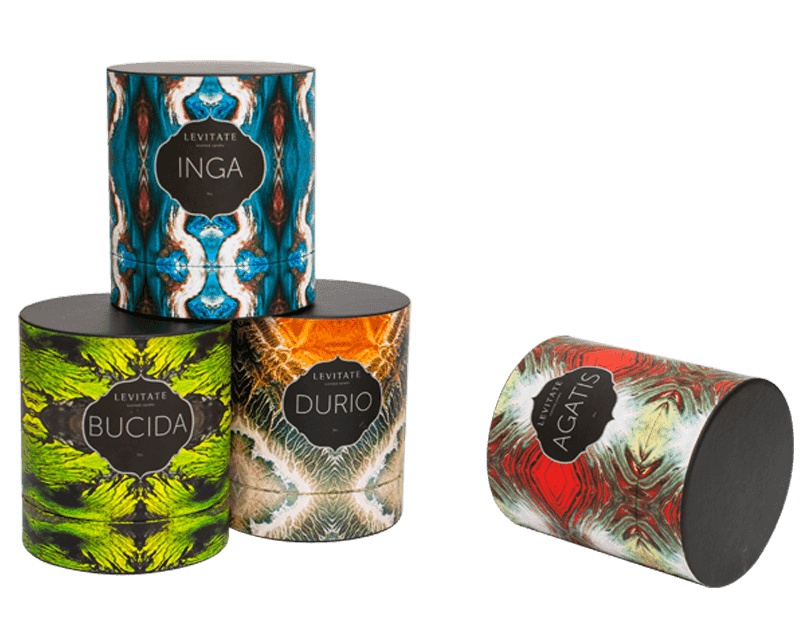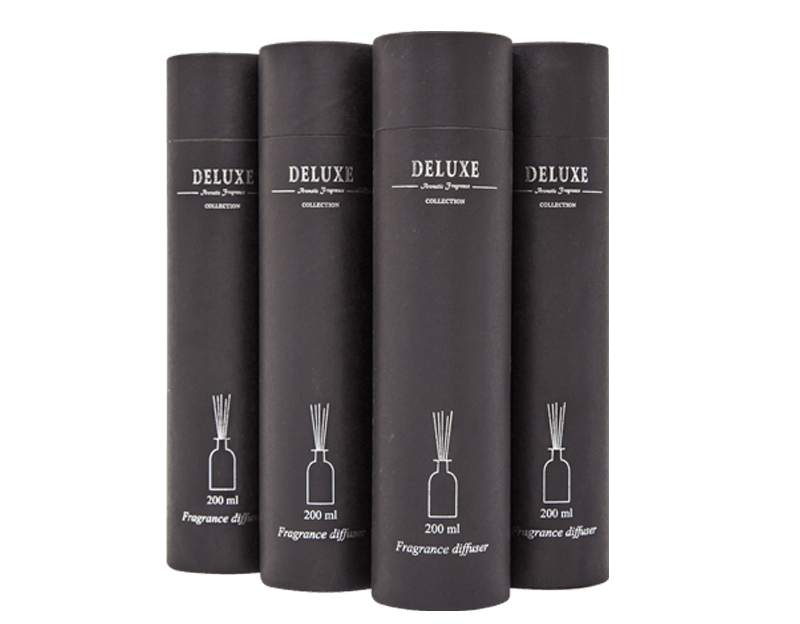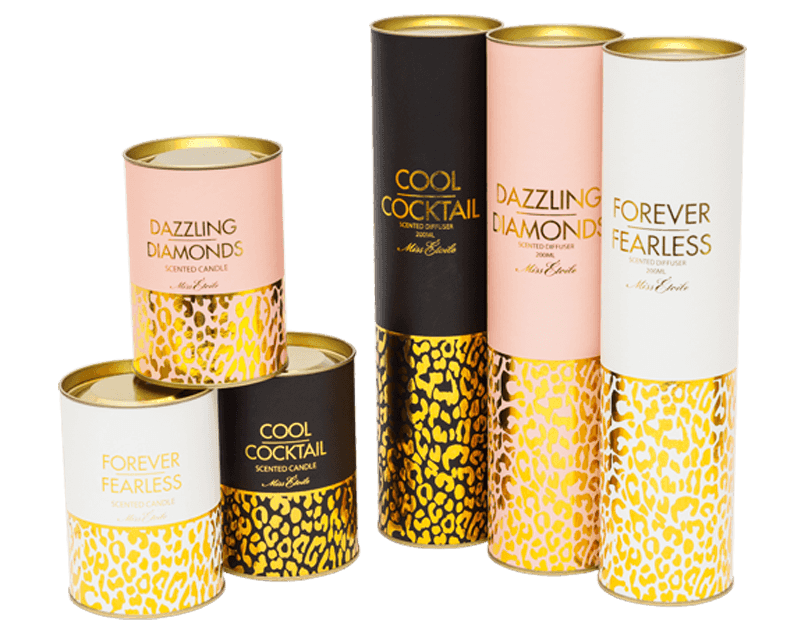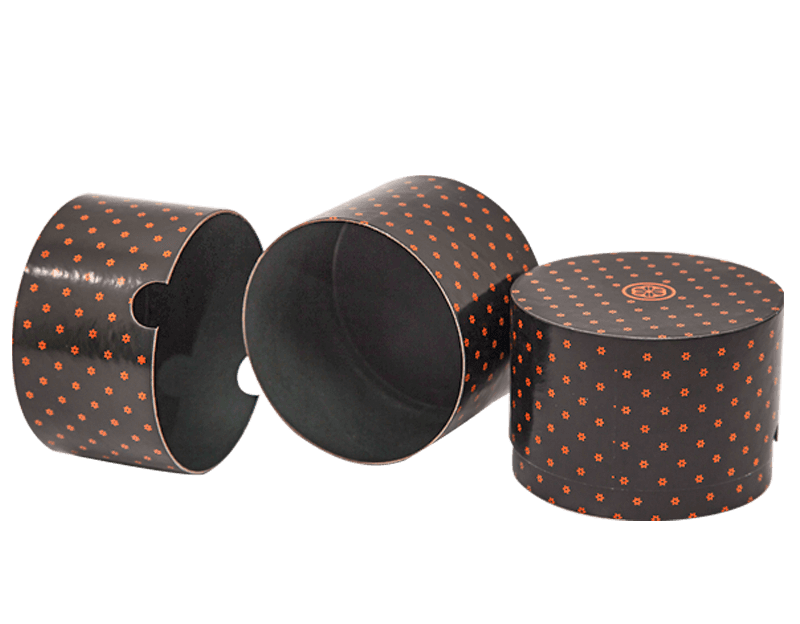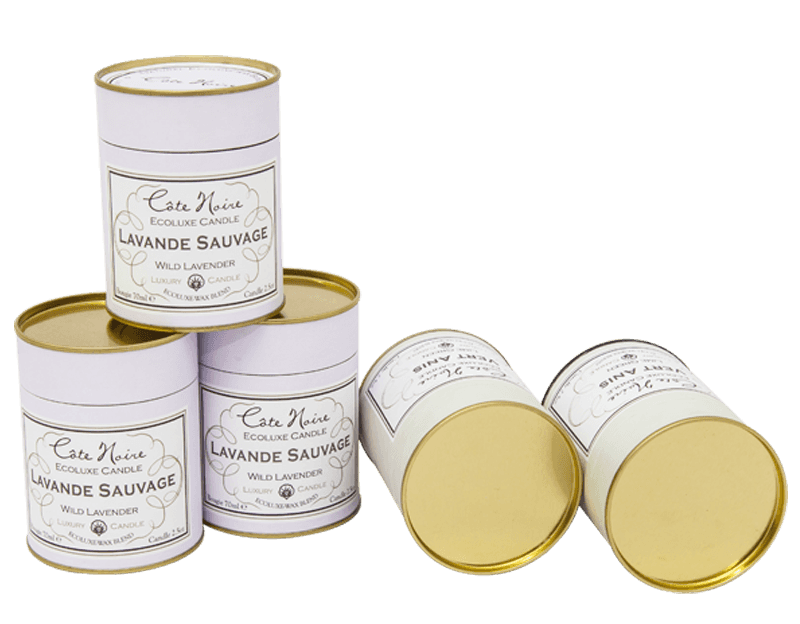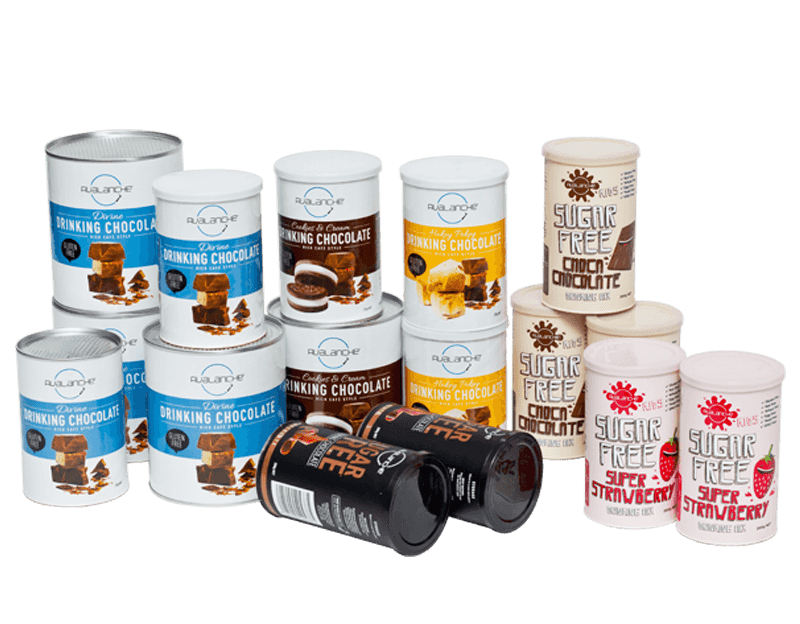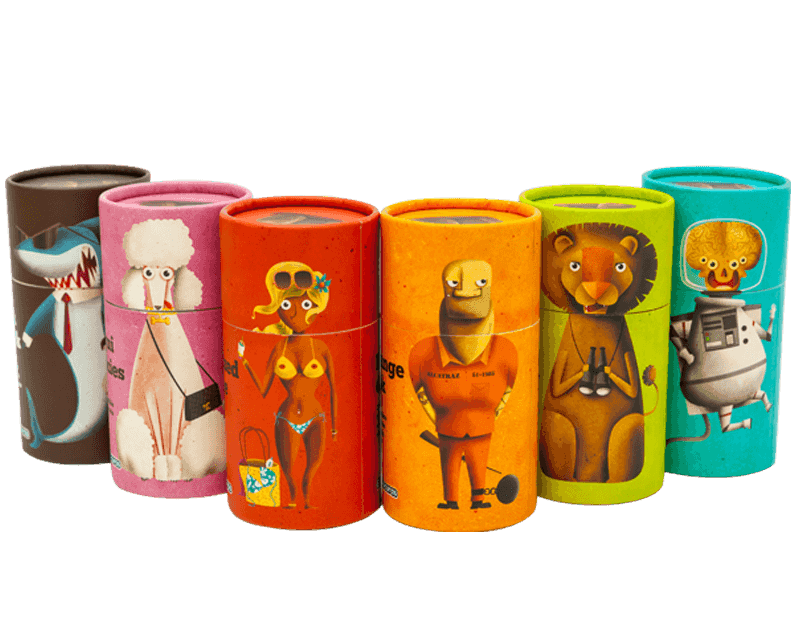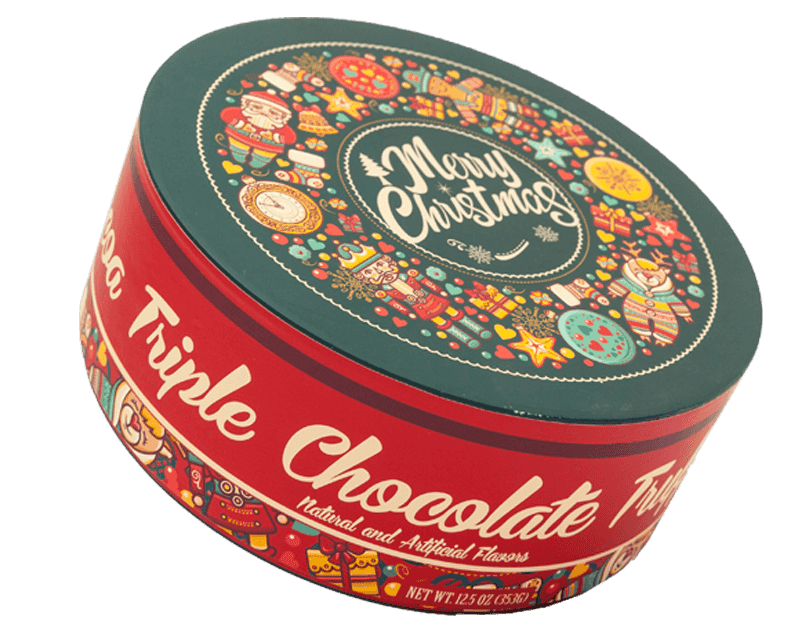As one of the top China cardboard tube packaging manufacturers and paper tube packaging suppliers, we devote all of our efforts to research and launch more high quality packaging products to global market.
Cosmetic tubes, from toothpaste to hand cream, are ubiquitous in our daily lives. However, what to do with them once they're empty is a perplexing question. You might think tossing them in the recycling bin is enough, but the reality is far more complex.
Why Are Cosmetic Tubes Difficult to Recycle?
Cosmetic tubes are typically made from a combination of materials, which is the primary reason for their recycling challenges.
-
Multi-layer Plastics: Many tubes are laminated with different types of plastic, such as polyethylene (PE) and polypropylene (PP). These different plastics have varying melting points and cannot be easily separated and reprocessed in traditional recycling streams.
-
Aluminum Layers: To provide barrier properties and protect the product, some tubes have a thin inner layer of aluminum. This aluminum layer is tightly bonded with the plastic, making separation and recycling very difficult, if not impossible.
-
Size and Residue: Small-sized tubes can easily be missed by recycling sorting equipment. Furthermore, even empty tubes may contain small amounts of product residue, which can contaminate recycling batches and lower the quality of the recycled material.
-
Pumps and Caps: Many tubes come with pumps or caps made from different materials, such as metal springs or multiple plastics. These components often need to be separated from the main tube body for recycling, which is a daunting task for manual sorting.
So, What Should I Do with My Empty Cosmetic Tubes?
While general recycling systems aren't very friendly to cosmetic tubes, that doesn't mean you're powerless. Here are some steps you can take:
1. Check Local Recycling Guidelines
This is the most crucial step. Recycling regulations can vary significantly from city to city or region to region. Visit your city or county's waste management department website, or call their hotline, to find out if they accept cosmetic tubes and how to prepare them. Some places may have specific programs for multi-layered packaging.
2. Clean the Tubes Thoroughly
If your local recycling center does accept tubes, thorough cleaning is essential. Rinse the inside of the tube with hot water, removing as much residue as possible. You might need to cut open the end of the tube to clean it more effectively. Residue can contaminate the recycling stream, leading to entire batches being sent to landfills.

3. Explore Brand Take-Back Programs
More and more cosmetic brands are taking responsibility for the end-of-life of their products by offering their own recycling programs.
-
In-Store Recycling: Many brands, such as MAC Cosmetics, Kiehl's, and Lush, have in-store collection bins for their empty product packaging (including tubes). Some even offer incentives, like free products, to encourage customer participation.
-
Mail-Back Programs: Some brands partner with third-party recycling companies like TerraCycle to offer mail-back recycling programs. You can collect a certain number of empty packages and then mail them to TerraCycle for free recycling. These programs can often handle complex materials that traditional recycling facilities cannot.
4. Consider Sustainable Consumption Habits
In the long run, the most effective "recycling" is to reduce waste generation.
-
Choose Products with Recyclable Packaging: Prioritize purchasing products packaged in single materials (like easily recyclable plastic or glass) or those that offer refillable options.
-
Support Brands with Recycling Programs: By supporting brands that are committed to sustainability and offer recycling solutions, you can encourage more companies to adopt similar practices.
-
Reduce Purchases: Shop mindfully and avoid unnecessary purchases to reduce waste generation at the source.
Conclusion
Recycling cosmetic tubes isn't straightforward, but by understanding local regulations, diligently cleaning tubes, utilizing brand take-back programs, and supporting innovative solutions like TerraCycle, we can collectively contribute to reducing waste. The next time you finish a cosmetic tube, take a moment to consider if it can have a second life.
 English
English Español
Español
